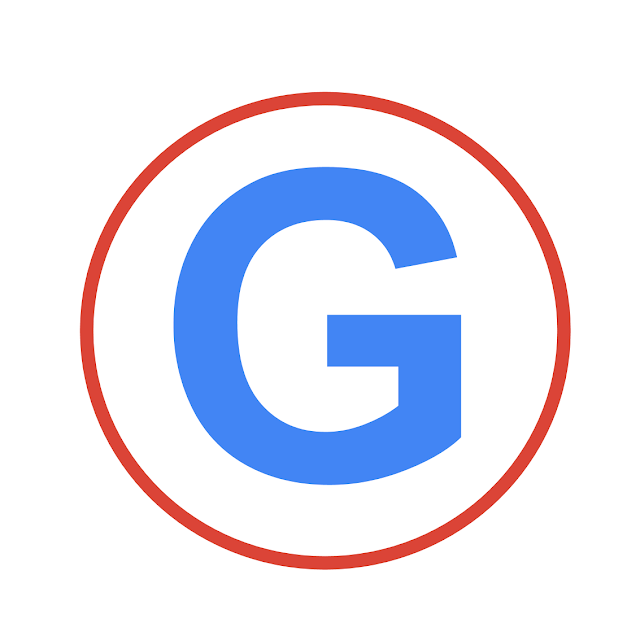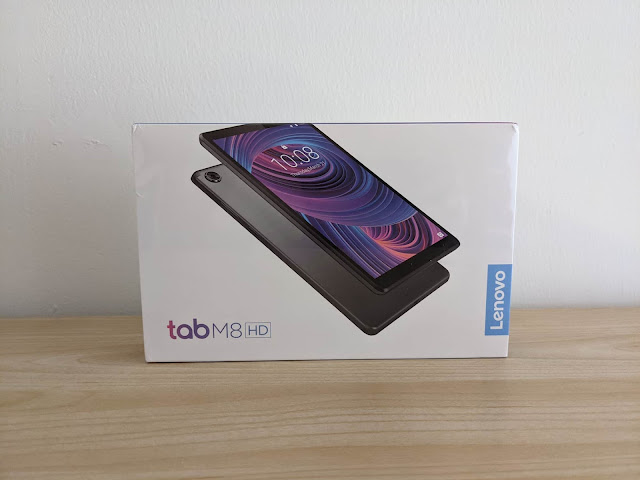Practicing Google: Weekly Practical Resources on Google Products
I’m starting the weekly email newsletter Practicing Google: Practical resources on Google products and related tech. I’ll send out the first issue on January 24, 2020. The newsletter will help you do more with Google.
I encourage you to subscribe, it’s free and you can unsubscribe at any time.
The value of Practicing Google is it distills my extensive experience with all things Google.
I’ve been using Google products since 1998, starting from the search engine. Besides a Google early adopter, in 2009 I was an Android early adopter. As a member of the Google Product Experts Program (formerly Top Contributors Program) since 2014, I have been helping users in the official support forums. In 2016 Google invited me to join the Google+ Create Program.
In other words, I live and breathe Google.
I use Android on mobile and Chrome OS on the desktop, daily and exclusively. Thus I can bring a fresh, unique perspective as most tech reporters and bloggers who cover Google use traditional desktop operating systems such as Windows and macOS, or iOS on mobile.
Things change fast in technology. But I keep up to date with the Google ecosystem, so you won’t miss the latest.
I subscribe to almost 300 RSS feeds and follow additional sources on Google and related technologies, which lets me keep up with the ecosystem and catch the latest and greatest.
Although everything Google interests me, I’ll curate through the filter of my interests and activities, as well as my direct experience with Google stuff. I’m an astronomy and space popularizer, so you’ll see also a few links to astronomy and science apps.
I experiment a lot with Android, Chrome OS, and other Google products and often report on my blog what I learn. I’ll share some of my own posts in the newsletter, along with occasional updates on my Google-related books.
This personal and practical angle is another feature of Practicing Google.
These days social platforms own our relationship with readers and control content discoverability. Newsletters and blogs are the most effective independent communication channels to reach and retain readers. I already have a blog, and a few ideas for a newsletter took shape over the past year.
I post longer form content to my blog and usually share links to Twitter or with friends. This suggested a natural way of complementing the blog by publishing a link curation newsletter.
Unless you’re a celebrity, already have a large platform, or pay for advertising, what you share on Twitter and other social platforms is invisible. Organic reach is dead. Curating links in a newsletter is a way of standing out and giving content more chances of being seen and appreciated.
Surprisingly, there are only a few newsletters on Google.
They typically have a narrow focus on Android, are published by Android tech sites, are news-oriented, and usually feature the publishers’ content. A handful of these newsletters target Android developers. What is missing is a source with a wider focus on the whole Google ecosystem and a practical angle.
Most tech sites and bloggers discuss Google things in the context of Apple or Windows products as this is what they use. Covering Google from an all-in Google experience is a neglected angle and an opportunity for a different point of view.
I didn’t want traditional mailing list systems as they often require too much effort for setup and maintenance and are more oriented to discussion and collaboration.
Narrowing down to native newsletter platforms, I didn’t want a marketing tool either, such as MailChimp or Mailerlite, as they are overkill. I don’t need automation and audience segmentation features. More importantly, I don’t want my readers to feel marketed to with the pressure these tools encourage.
This left the latest generation of personal and editorial newsletter platforms inspired by TinyLetter. The future of TinyLetter is unclear, but there are good alternatives like Revue and Substack.
I researched both extensively and liked Revue better, which is the one I’m using for Practicing Google. It has a clean, versatile yet simple feature set and user interface.
Substack is too focused on paid newsletters and other media like podcasts.
While it would be nice to run a paid newsletter, the minimum subscription fee Substack allows is 5$/month. Why so much? Substack and the publishers it supports may be immersed in a bubble of outliers, where a few established writers with large followings have many readers willing to pay that much and more. But this isn’t realistic for most writers and content creators.
Practicing Google is free and it will be for the foreseeable future. But, if I ever do a paid newsletter, I want more price flexibility in charging lower subscription fees. This is something Revue optionally provides, and another reason for going with the platform.
Revue provides good support too. They promptly fixed an account issue that may have delayed the launch of the newsletter.
I encourage you to subscribe, it’s free and you can unsubscribe at any time.
About the newsletter
Each Friday I’ll send you links to tips, tutorials, apps, in-depth information, and other practical, actionable, or hands-on resources. This content will expand your toolbox and help you do more things with Google products and related technologies, such as web apps and tools. |
| The logo of the Practicing Google newsletter. |
The value of Practicing Google is it distills my extensive experience with all things Google.
I’ve been using Google products since 1998, starting from the search engine. Besides a Google early adopter, in 2009 I was an Android early adopter. As a member of the Google Product Experts Program (formerly Top Contributors Program) since 2014, I have been helping users in the official support forums. In 2016 Google invited me to join the Google+ Create Program.
In other words, I live and breathe Google.
I use Android on mobile and Chrome OS on the desktop, daily and exclusively. Thus I can bring a fresh, unique perspective as most tech reporters and bloggers who cover Google use traditional desktop operating systems such as Windows and macOS, or iOS on mobile.
Things change fast in technology. But I keep up to date with the Google ecosystem, so you won’t miss the latest.
I subscribe to almost 300 RSS feeds and follow additional sources on Google and related technologies, which lets me keep up with the ecosystem and catch the latest and greatest.
Although everything Google interests me, I’ll curate through the filter of my interests and activities, as well as my direct experience with Google stuff. I’m an astronomy and space popularizer, so you’ll see also a few links to astronomy and science apps.
I experiment a lot with Android, Chrome OS, and other Google products and often report on my blog what I learn. I’ll share some of my own posts in the newsletter, along with occasional updates on my Google-related books.
This personal and practical angle is another feature of Practicing Google.
Why a newsletter
A newsletter is an absolute necessity for content creators and authors.These days social platforms own our relationship with readers and control content discoverability. Newsletters and blogs are the most effective independent communication channels to reach and retain readers. I already have a blog, and a few ideas for a newsletter took shape over the past year.
I post longer form content to my blog and usually share links to Twitter or with friends. This suggested a natural way of complementing the blog by publishing a link curation newsletter.
Unless you’re a celebrity, already have a large platform, or pay for advertising, what you share on Twitter and other social platforms is invisible. Organic reach is dead. Curating links in a newsletter is a way of standing out and giving content more chances of being seen and appreciated.
Surprisingly, there are only a few newsletters on Google.
They typically have a narrow focus on Android, are published by Android tech sites, are news-oriented, and usually feature the publishers’ content. A handful of these newsletters target Android developers. What is missing is a source with a wider focus on the whole Google ecosystem and a practical angle.
Most tech sites and bloggers discuss Google things in the context of Apple or Windows products as this is what they use. Covering Google from an all-in Google experience is a neglected angle and an opportunity for a different point of view.
Why Revue
Choosing a newsletter publishing platform was straightforward.I didn’t want traditional mailing list systems as they often require too much effort for setup and maintenance and are more oriented to discussion and collaboration.
Narrowing down to native newsletter platforms, I didn’t want a marketing tool either, such as MailChimp or Mailerlite, as they are overkill. I don’t need automation and audience segmentation features. More importantly, I don’t want my readers to feel marketed to with the pressure these tools encourage.
This left the latest generation of personal and editorial newsletter platforms inspired by TinyLetter. The future of TinyLetter is unclear, but there are good alternatives like Revue and Substack.
I researched both extensively and liked Revue better, which is the one I’m using for Practicing Google. It has a clean, versatile yet simple feature set and user interface.
Substack is too focused on paid newsletters and other media like podcasts.
While it would be nice to run a paid newsletter, the minimum subscription fee Substack allows is 5$/month. Why so much? Substack and the publishers it supports may be immersed in a bubble of outliers, where a few established writers with large followings have many readers willing to pay that much and more. But this isn’t realistic for most writers and content creators.
Practicing Google is free and it will be for the foreseeable future. But, if I ever do a paid newsletter, I want more price flexibility in charging lower subscription fees. This is something Revue optionally provides, and another reason for going with the platform.
Revue provides good support too. They promptly fixed an account issue that may have delayed the launch of the newsletter.


